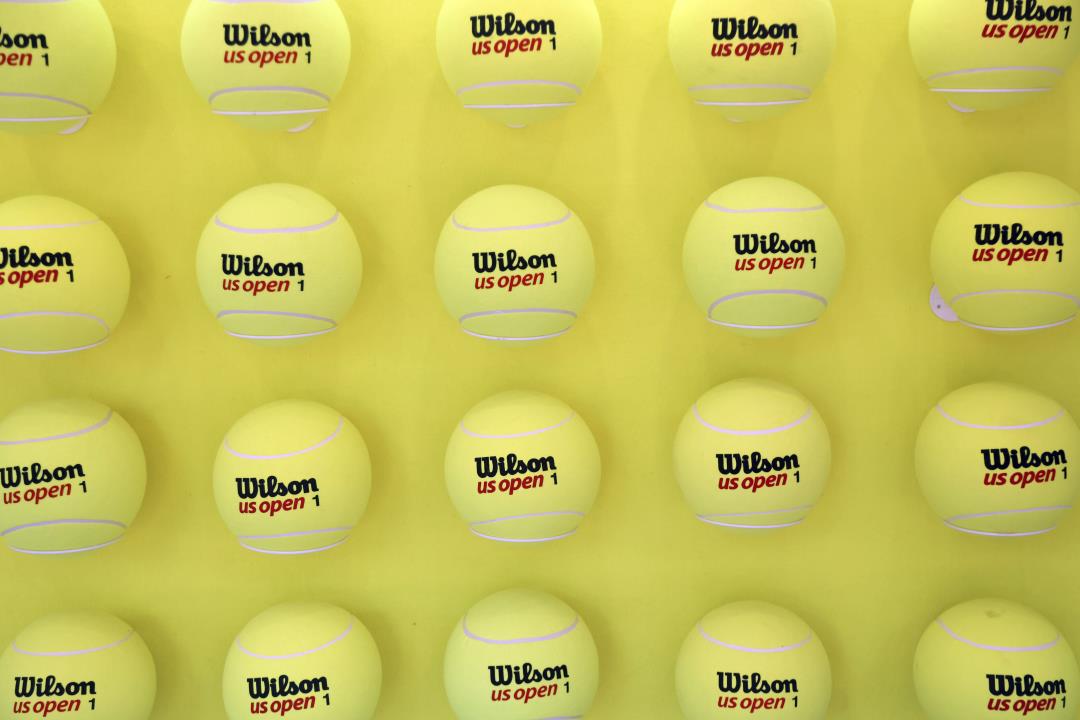
Have you ever thought about what happens to tennis balls after they’re used? It turns out that tennis balls are incredibly difficult to recycle. In fact, the tennis ball industry has yet to develop a fully recyclable ball, which means that the approximately 330 million balls made worldwide each year mostly end up in landfills. Shockingly, it can take over 400 years for these balls to decompose. This dilemma is brought to light especially during events like the US Open at Flushing Meadows in New York, where nearly 100,000 tennis balls are used and discarded.
This predicament has spurred ball manufacturers, recyclers, and tennis governing bodies to search for solutions. Activists concerned about the environment have also started discussions online, posing the question: Are tennis balls an ecological disaster? Nickolas J. Themelis, director of Columbia University’s Earth Engineering Center, explains that tennis balls are designed to be incredibly durable, which makes them resistant to mechanical recycling processes. However, arguing that people should stop using tennis balls because they are long-lasting is unreasonable.
Experts in the field, including Jason Quinn from Colorado State University’s Sustainability Research Laboratory, emphasize that tennis balls make up a very small portion of the total waste generated worldwide. The key to dealing with difficult-to-recycle materials like tennis balls is to find alternative uses for them and ensure proper disposal to prevent them from polluting the environment. Quinn adds that tennis balls have a minimal impact in the grand scheme of things, and there are ways to reuse and repurpose them to reduce their environmental footprint.
Nonprofit organizations and others are already exploring options beyond using old tennis balls as dog toys or furniture padding. For instance, they collect old balls in bulk and grind them down to create materials for making products such as the footing for horse arenas and, interestingly, even tennis courts. However, critics argue that these initiatives might not be enough to make a significant difference. They also highlight the need for a fully recyclable tennis ball and address the inherent challenges with recycling tennis balls. Additionally, activists note that the rubber used in most high-level tennis balls contributes to deforestation of rubber trees in the Amazon. (In a related incident, an activist went to the extreme of gluing his feet to the US Open floor to raise awareness about environmental issues.)
Denial of responsibility! Vigour Times is an automatic aggregator of Global media. In each content, the hyperlink to the primary source is specified. All trademarks belong to their rightful owners, and all materials to their authors. For any complaint, please reach us at – [email protected]. We will take necessary action within 24 hours.


